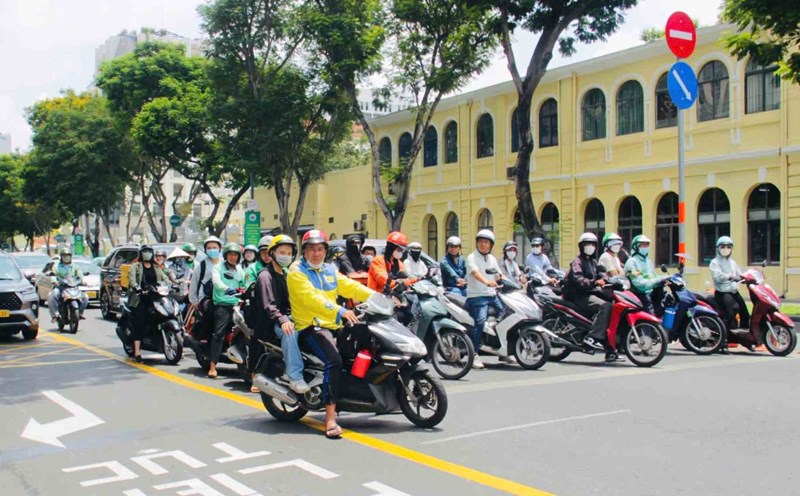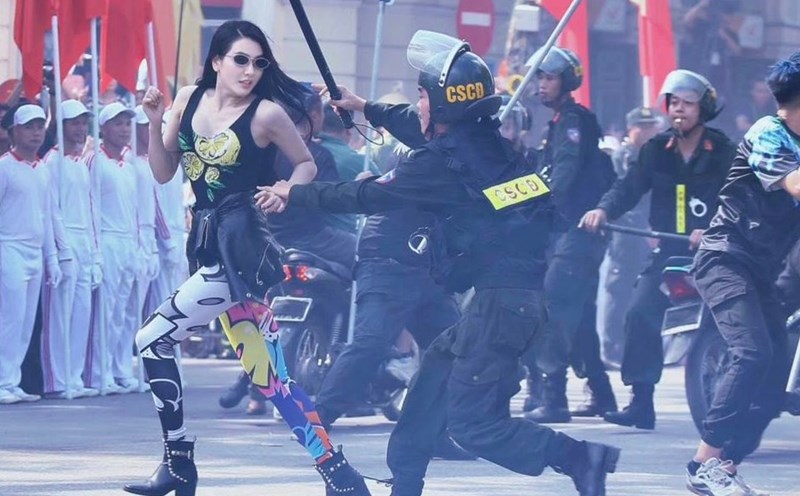The Ho Chi Minh City Department of Construction has developed a Project to control vehicle emissions, including the above-mentioned solutions to limit gasoline and oil vehicles.
According to the project, from 2026, Ho Chi Minh City will establish a low-emission zone (Low Emission Zone - LEZ) in the central area, limited by 15 bridges and 17 main roads, forming an "emission control belt".
The policy of supporting the transition to electric vehicles is a solution to implement LEZ, however, the key is elsewhere, which is to build a modern public transport system.
Ho Chi Minh City has a Ben Thanh - Suoi Tien metro line, soon the Ben Thanh - Tham Luong line, completed early will connect the city center with the Northwest.
Ho Chi Minh City plans to complete 7 metro lines with a total length of about 355 km by 2035, to meet 40 - 50% of the demand for travel by public transport.
Solving 50% of people's travel needs, will reduce 50% of personal vehicles, the efficiency of emission reduction can be calculated in numbers.
It is a matter of whether the Ho Chi Minh City government will complete 355 km of metro in 10 years or not.
Not to mention, in the next phase from 2035 to 2045, the metro network will continue to be expanded by 155 km, bringing the total length of the system to 510 km.
With a relatively wide metro system, Ho Chi Minh City will significantly reduce the number of motorbikes and cars, not only control emissions, reduce pollution, but also limit the current traffic jams.
However, in the waiting period of up to 10 years to have 355 km of metro, the government must organize a modern bus system, convenient for people to choose.
Buses and minibuses must be deployed and organized on appropriate routes, so that people can travel safely, conveniently and on time.
Vehicles must be civilized, clean, electric or green.
The government needs subsidies so that when choosing a bus, people can see the benefits because the cost is much cheaper than using personal vehicles.
Along with buses, organizing public bicycle services to support connectivity between public transport is very necessary.
Propagating and mobilizing people and tourists to use bicycles as a civilized habit, we will have a green transport city.
Propagate to the community, but there must be a force at the forefront. First of all, it is the cadres and civil servants of state agencies who pioneered the use of buses and bicycles instead of cars and motorbikes.
Encouraging people to take the bus, but the staff each had a car but no one listened.







